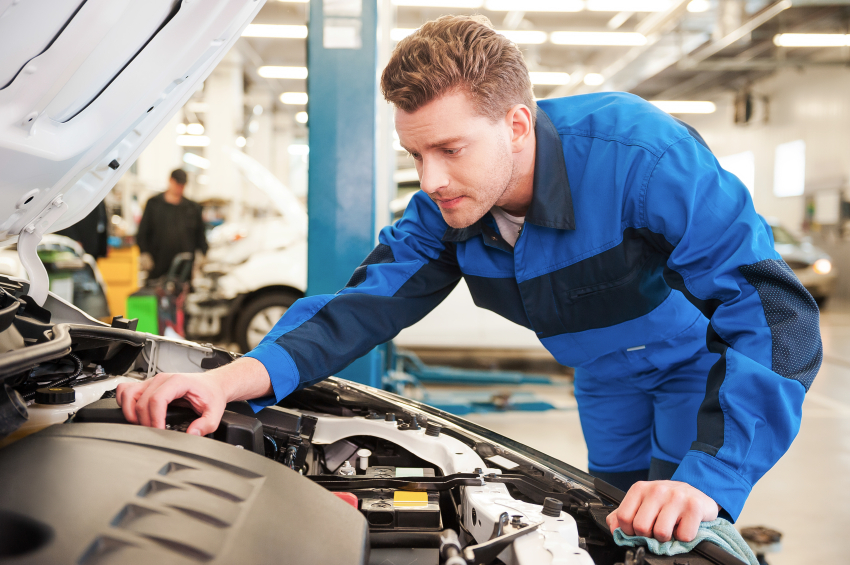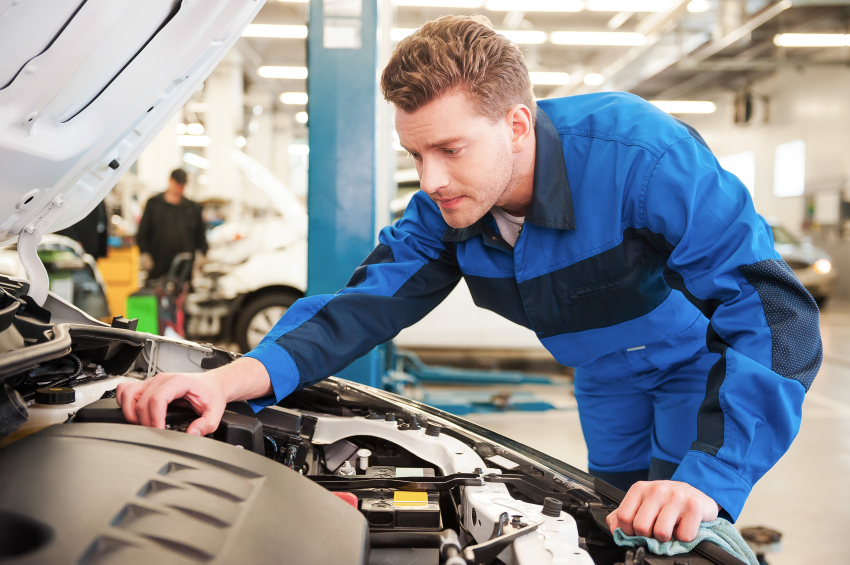Are you concerned that your vehicle may require professional services? It might be tough to distinguish between what needs an immediate visit to an auto repair shop and what is normal wear and tear that poses no threat.
Read on to discover the seven signs indicating it’s likely time to visit a mechanic and have any problems addressed before they result in severe consequences.
1. Turbulent ride
If your vehicle’s ride has become substantially rougher than it was just a few months ago, it’s probably time to visit a mechanic. A shuddering or vibrating ride, particularly at higher speed, is frequently the result of wheel or alignment problems.
Even when the wheels have been perfectly aligned, they can shift slowly (or rapidly). These undesirable effects can occur as a result of normal wear and tear, but they can also develop instantly if you are in a car accident or encounter an unforeseen bump. Realignment is a simple technique that vehicle repair specialists can handle quickly, but it’s one that’s best left to the pros.
2. Puddles under your car
You should get your car checked if it is leaving puddles of liquid behind it. Examine the liquid with attention. Water is rarely a concern because it is frequently ejected as condensation from air conditioning systems.
Oil, transmission fluid (red or brown), coolant (blue, yellow, green), power steering fluid, and brake fluid (thick though clear) all require further examination. One of these critical components is almost certainly leaking. Bring your car in to get the leak addressed and the fluids refilled before the leak worsens and affects performance.
3. Unresponsive steering
Is your steering wheel unexpectedly resisting your efforts? Are your turns becoming less consistent and smooth? This is usually a sign of a major problem with the steering components, such as low power steering fluid or another issue. Consider taking your vehicle to an auto repair shop to determine the root cause of it no longer being capable to be controlled properly.
4. Bad exhaust
Exhaust is an effective way to detect some significant vehicle issues. If your exhaust suddenly becomes dirty, black, or stinky, it’s likely that a section of the filtering system is clogged or damaged. A mechanic should look into whether the issue is with your catalytic converter or if there’s something more serious to blame.
5. Dashboard warning lights
Most current models come with engine diagnostic or check engine lights. However, these lights may not always signify a serious issue. Some are set to illuminate after a specific mileage, indicating the need for a general checkup. When the computer module in your car malfunctions, the lights turn on even when nothing is wrong.
These lights, on the other hand, can be a useful indicator that something inside your engine has gone wrong. Generally, if a diagnostic light is followed by another symptom (unresponsiveness, weird noise, etc. ), you should see a mechanic immediately. If you’ve had enough of looking at it, you can ask a professional to determine if there’s anything seriously wrong.
6. Brakes not working well
Brakes deteriorate over time. Your brakes may need to be repaired if they are losing their efficiency and generating weird noises. Brake pads that are screeching or squealing are worn out and need to be changed.
Shuddering or shaking brakes might indicate a variety of concerns, including worn brake pads, brake fluid leaks, and alignment issues, all of which require professional attention.
7. Strange engine noises
Engines should be in good working order. While they may become noisier with time, any strange noise or turning problem should be handled with a speedy trip to the repair service. You don’t want any sudden grinding, popping, or growling noises coming from your engine. Allow it to sit for a while and listen carefully if you sense an issue.

